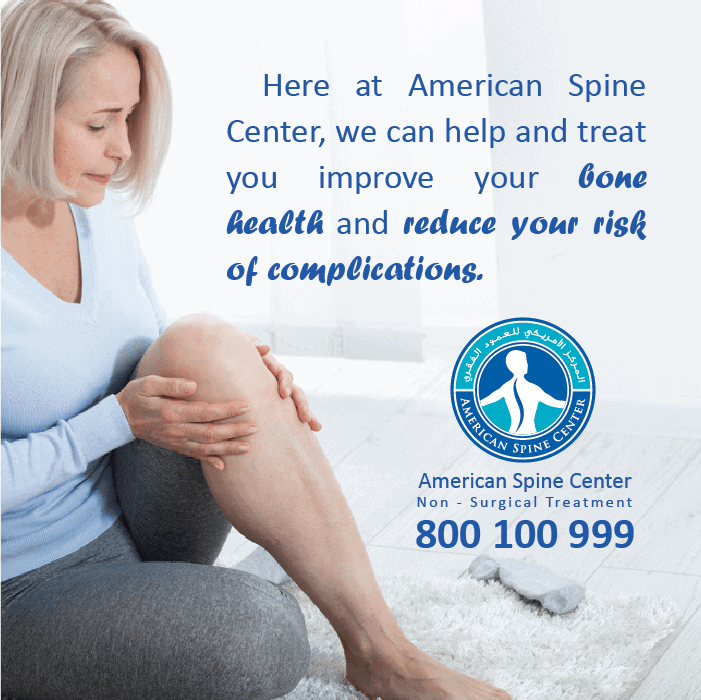World Osteoporosis Day is observed every year on the 20th of October across the world dedicated to creating global awareness for the prevention, diagnosis, and treatment of osteoporosis.
Osteoporosis is a disease that makes bones weak and fragile. This greatly increases the risk of breaking a bone even after a minor fall or bump. The disease has no obvious symptoms, so many people don’t know they have osteoporosis until they suffer a fracture. Fractures can be life-altering, causing pain, disability, and loss of independence. That’s why it’s important to prevent osteoporosis.
World Osteoporosis Day aims to make osteoporosis and fracture prevention a global health priority by reaching out to health professionals, policymakers and public at large.
What Causes Osteoporosis?
We don’t know a lot about what causes the condition, but we do know how it progresses throughout a person’s life. Your body constantly breaks down old bones and rebuilds them. This process is called remodeling. As you grow up, your body builds more bone than it removes. During childhood, your bones become larger and stronger. Peak bone mass happens when you have the most bone you will ever have, usually in your early to mid-30s.
At a certain age, the bone remodeling process changes. New bone comes in at a slower rate. This slowdown leads to a drop in the amount of bone you have. When bone loss becomes more severe, you have osteoporosis.
Many osteoporosis treatments stop bone loss and lower your chances of fractures. You may start with changes to your diet and lifestyle, such as quitting smoking, adding more calcium and vitamin D to your diet, and getting more exercise.
But some people may need medications to slow bone loss or build new bone, such as:
- Drugs called bisphosphonates, such as alendronate (Binosto, Fosamax), ibandronate (Boniva), risedronate (Actonel, Atelvia), and zoledronic acid (Reclast,
- Zometa)Calcitonin (Fortical, Miacalcin)
- Raloxifene (Evista)
- Injectable teriparatide (Forteo) or PTH to rebuild bone in women who have higher chances of fractures
- Injectable denosumab (Prolia) for women with higher chances of fractures
Osteoporosis prevention
There are many risk factors for osteoporosis that you cannot control. These include being female, getting older, and having a family history of osteoporosis. There are some factors, however, that do fall within your control.
If you think you’re at risk of osteoporosis, or if you’ve been diagnosed with it, talk to your doctor. They can work with you to put together a prevention or treatment plan that can help improve your bone health and reduce your risk of complications.
AMERICAN SPINE CENTER
Timing: 9am until 9pm, Saturday to Thursday.
Contact us: 800-100-999
Location: Al Razi Building 64, Block F, Dubai Healthcare City, Dubai, UAE.
Source:
